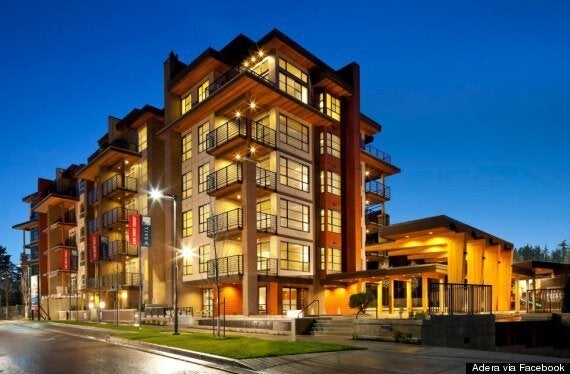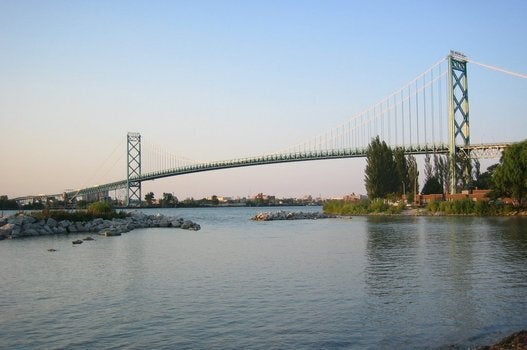BuzzBuzzHome: “We’re up for the challenge in Ontario.”
Vince Molinaro just got back from a trip to British Columbia, where he and about 40 other builders and developers from Ontario went with a mission: to find out how the province built and marketed its mid-rise wood sector.
The height limit for residential wood construction in Ontario’s building code was recently upped from four to six-storeys, a change that comes into effect January 1 of next year, but has been part of the code in provinces including BC and Quebec for years.
“[It’s a] form of construction that’s new to Ontario, so we wanted to get the feel of it and get the specifics of the design,” said Molinaro, the president of the Ontario Home Builders Association (OHBA).
With Toronto’s red-hot real estate market not expected to cool any time soon, many Torontonians are left wondering if they’ll ever be able to afford a condo, let alone a single-detached home, in the future. Enter six-storey wood buildings — a new mid-rise housing option that developers and city planners alike are hailing as the solution to unlocking land value on the avenues, increasing density and opening up a new affordable housing market.
“It will make it more affordable for developers to actually build mid-rise buildings,” said Paul Bedford, the former chief city planner for Toronto and a professor at Ryerson. “That makes a big difference because where a project is now not economically viable, it might become viable with six-storey wood.”

Sail is a six-storey wood-frame building at UBC by Adera Developments
A report commissioned by the Building Industry and Land Development Association (BILD), and written by Bedford, estimates the average construction cost of a six-storey wood building to be approximately 15 to 20 per cent — or about $30 to $40 per square foot — less than a mid-rise concrete structure.
Common in parts of Europe like Scandinavia and the United Kingdom, mid-rise wood construction is a building trend that’s been steadily picking up steam globally, and regulators in Canada are increasingly looking to permit taller wood structures.
Quebec and BC have both allowed for six-storey wood for years. Since BC amended its code in 2009, approximately 75 mid-rise wood buildings have been built, with 125 more in the works, said Molinaro.
While Ontario may be late to the game, the province is certainly trying to catch up.
And with approximately 100,000 people moving into the GTA yearly, there’s still an annual demand for about 40,000 new housing units every year in the region, according to BILD.
“There are going to be pieces, parcels of land, which were restricted from good development applications either because of the size, the shape, the location of the land, that are definitely going to be unlocked,” OHBA's CEO, Joe Vaccaro, said. “Will it lead to more density? I think it will.”
Also on HuffPost:
Correction: An earlier version of this story referred to Vince Molinaro as a vice-president of the Ontario Home Builders Association. He is in fact the president.
